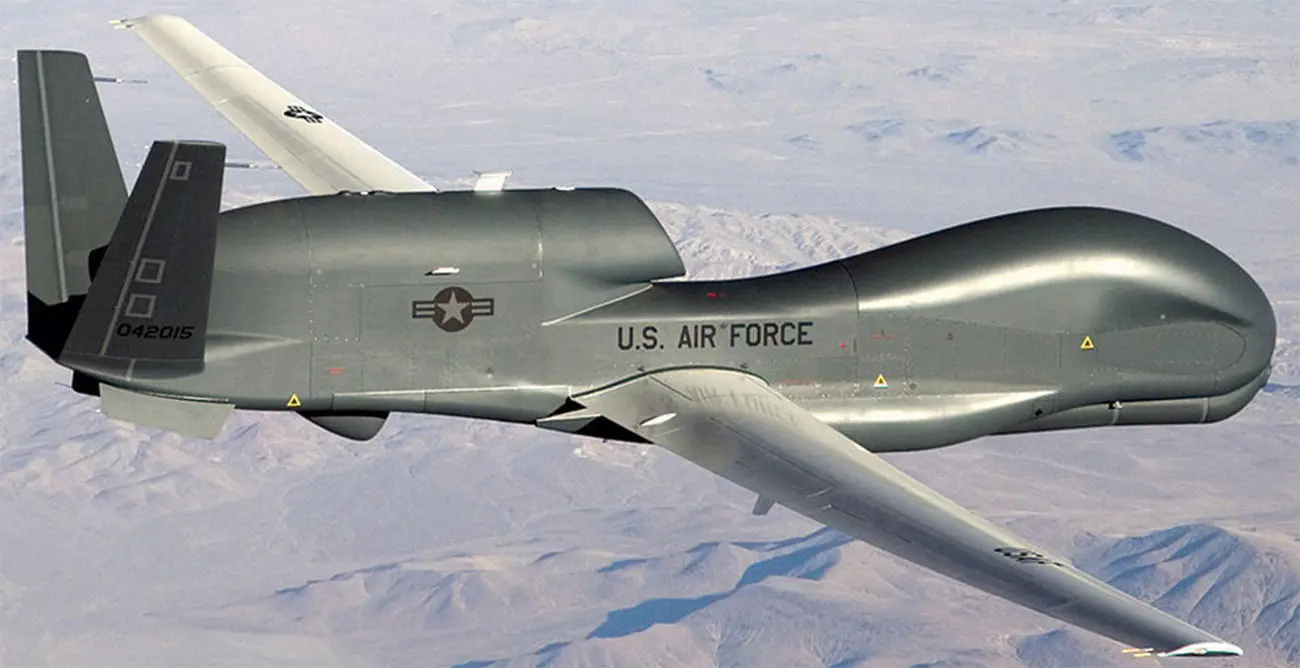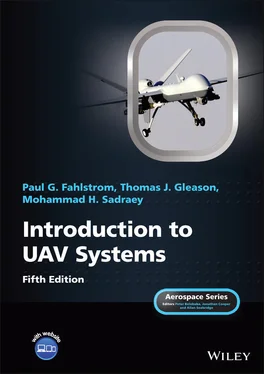1 ...8 9 10 12 13 14 ...29 Having been in development for over 10 years;
Being very expensive;
Requiring a great deal of manpower, a large convoy of heavy trucks for mobility, and extensive support;
What was widely perceived to be a poor reliability record (driven by the complexity of the data link, air‐vehicle subsystems, and the zero‐length recovery system);
Failure to meet some operational expectations that were unrealistic, but had been allowed to build up during the development program because the system developers did not understand the limitations of the system.
Foremost among the operational “disappointments” was that Aquila turned out to be unable to carry out large‐area searches for small groups of infiltrating vehicles, let alone personnel on foot. This failing was due to limitations on the sensor fields of view and resolution and on shortcomings in the system‐level implementation of the search capability. It also was partly driven by the failure to understand that searching for things using an imaging sensor on a UAV required personnel with special training in techniques for searching and interpretation of the images provided. The sources of these problems and some ways to reduce this problem by a better system‐level implementation of area searches are addressed in the discussions of imaging sensors in Part Four and data links in Part Five.
The Aquila program was terminated as a failure, despite having succeeded in producing many subsystems and components that individually met all of their requirements. The US Army Red Team concluded that there had been a pervasive lack of systems engineering during the definition and design phases of the program. This failure set back US efforts to field a tactical UAS on an Army‐wide basis, but opened the door for a series of small‐scale “experiments” using less expensive, less‐sophisticated air vehicles developed and offered by a growing “cottage industry” of UAV suppliers.
These air vehicles were generally conventionally configured oversized model airplanes or undersized light aircraft that tended to land and take off from runways if based on land, did not have any attempt at reduced radar signatures and little if any reduced infrared or acoustical signatures, and rarely had laser designators or any other way to actively participate in guidance of weapons.
They generally did not explicitly include a large support structure. Although they required most of the same support as an Aquila system, they often got that support from contractor personnel deployed with the systems in an ad hoc manner.
UAV requirements that have followed Aquila have acknowledged the cost of a “complete” stand‐alone system by relaxing some of the requirements for self‐sufficiency that helped drive the Aquila design to extremes. In particular, many land‐based UAVs now are either small enough to be hand launched and recovered in a soft crash landing or designed to take off and land on runways. All or most use the global positioning system (GPS) for navigation. Many use data transmission via satellites to allow the ground station to be located at fixed installations far from the operational area and eliminate the data link as a subsystem that is counted as part of the UAS.
However, the issues of limited fields‐of‐view and resolution for imaging sensors, data‐rate restrictions on downlinks, and latencies and delays in the ground‐to‐air control loop that were central to the Aquila problems are still present and can be exacerbated by use of satellite data transmission and control loops that circle the globe. Introducing UAV program managers, designers, system integrators, and users to the basics of these and other similarly universal issues in UAV system design and integration is one of the objectives of this textbook.
1.5 Global Hawk
1.5.1 Mission Requirements and Development
The requirement for a Global Hawk type of system grew out of Operation Desert Storm (in 1991). The Global Hawk was intended to compliment or replace the aging U‐2 spy plane fleet. The Global Hawk is an advanced intelligence, surveillance, and reconnaissance air system (i.e., ISR mission). The strategy for this UAV program involved four phases, which were to be completed between 1994 and 1999.
It flew for the first time at Edwards Air Force Base, California, on Saturday, February 28, 1998. The first flight of the Global Hawk became the first UAV to cross the Pacific Ocean in April 2001 when it flew from the United States to Australia. The entire mission, including the takeoff and landing, was performed autonomously by the UAV as planned.
A total of 21 sorties of flight tests were conducted over 16 months using two air vehicles accumulating 158 total flight hours. It entered service in 2001 and reached the serial production stage in 2003. The Global Hawks, monitored by shifts of pilots in a ground control station in California, fly 24‐hour missions, and they are cheaper to operate than the manned aircraft Lockheed U‐2.
The Global Hawk unmanned aerial system consists of the aircraft, payloads, data links, ground stations, and logistics support package. Global Hawk is the largest active current UAV with successful flights, and with a high altitude and long endurance (HALE). A Global Hawk ( Figure 1.4) is equipped with a single AE 3007H turbofan engine – mounted on top of the rear fuselage – supplied by Rolls‐Royce. The engine is mounted on the top surface of the rear fuselage section with the engine exhaust between the V tail.
The wing and tail are made of graphite composite materials. The wing has structural hard points for external stores. The aluminum fuselage contains pressurized payload and avionics compartments. The V‐configuration of the tail provides a reduced radar and infrared signature. Some mass and geometry features as well as the flight performance of Global Hawk are provided in Table 1.1.

Figure 1.4 Global Hawk
(Source: Bobbi Zapka / Wikimedia Commons / Public Domain)
Table 1.1 RQ‐4B Global Hawk data and performance
| No. |
Parameter |
Value (unit) |
| 1 |
Wingspan |
39.9 m |
| 2 |
Length |
14.5 m |
| 3 |
Maximum takeoff mass |
14,628 kg |
| 4 |
External payload weight |
3,000 lb |
| 5 |
Internal payload weight |
750 lb |
| 6 |
Turbofan engine thrust |
34 kN |
| 7 |
Maximum speed |
340 knots |
| 8 |
Range |
22,779 km |
| 9 |
Endurance |
32+ hours |
| 10 |
Service ceiling |
60,000 ft |
The prime navigation and control system consists of two systems, the Inertial Navigation System and the Global Positioning System (INS/GPS). The aircraft is flown by entering specific way points into the mission plan. The GCS consists of two elements, the Launch and Recovery Element (LRE) and the Mission Control Element (MCE). The LRE is located at the air vehicle base. It launches and recovers the air vehicle and verifies the health and status of the various onboard systems. The MCE is employed to conduct the entire flight from after takeoff until before landing.
Many changes have been applied in the design of Northrop Grumman RQ‐4B Global Hawk as compared with RQ‐4A. For instance, the RQ‐4B Global Hawk has a 50% payload increase, larger wingspan (130.9 ft) and longer fuselage (47.6 ft), and a new generator to provide 150% more electrical output. Although RQ‐4B carries more fuel than RQ‐4A, it has a slightly shorter range and endurance, due to a heavier maximum takeoff weight.
Читать дальше













